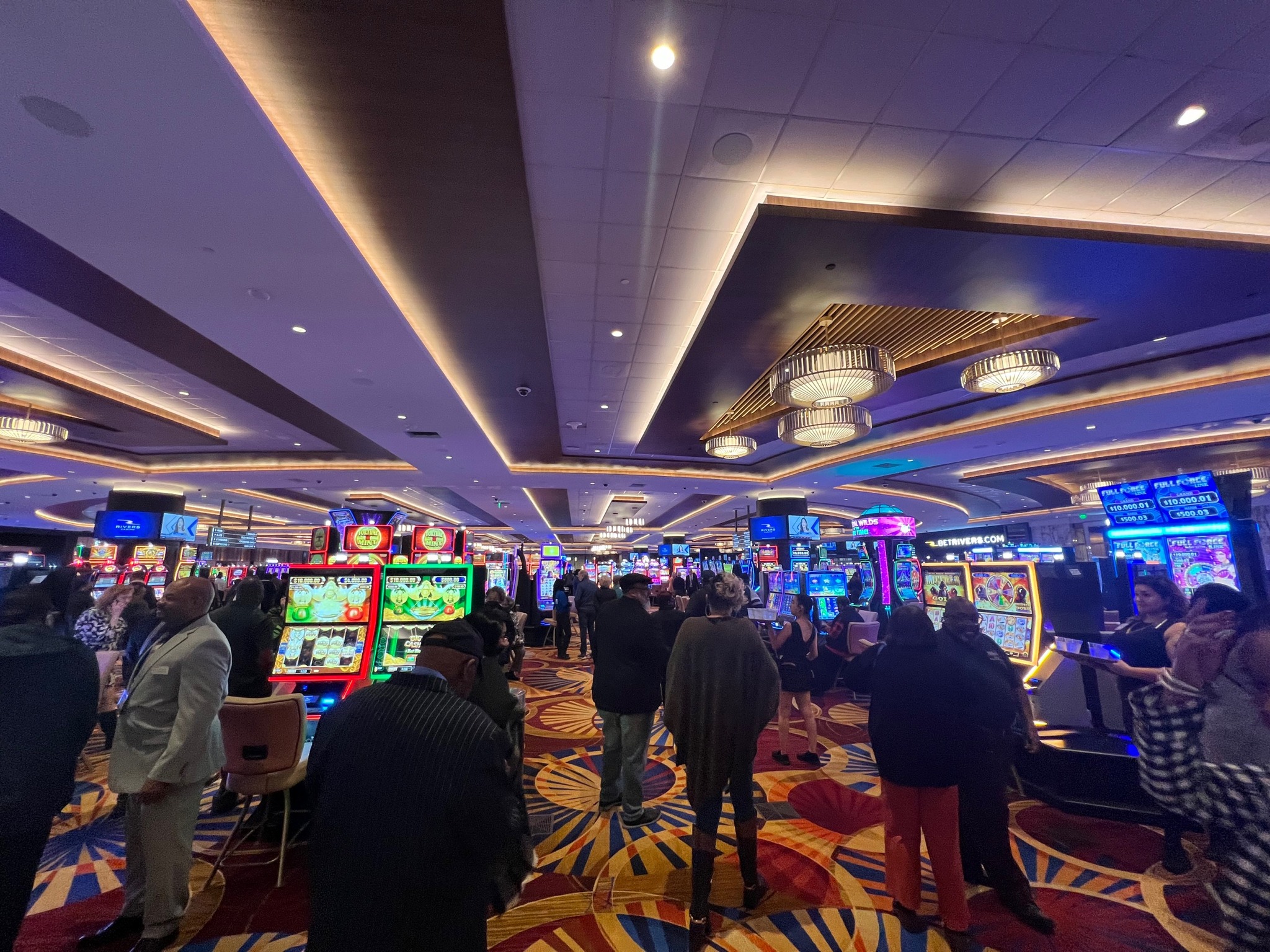How Gambling Games Use Color and Layout to Attract Participants

Within a lively and exciting world of gaming establishments, wherein luck and strategy intertwine, color and aesthetic play a key role in drawing in gamblers. As soon as players step inside a casino or log into a gaming platform, they are immersed in a sightly feast that grabs their attention and lures them to explore further. Vivid colors, engaging graphics, and creative layouts are carefully crafted to create an atmosphere of thrill and anticipation, ultimately enhancing the gaming encounter.
As players move through the ever-changing landscape of casino games, they encounter a variety of designs that not only serve aesthetic purposes but also affect feelings and choices. Hues like red and gold symbolize wealth and luck, while calm blues and emeralds can create a more relaxed environment. Grasping how these elements function together allows casinos to create an inviting and stimulating atmosphere that encourages players to engage with the games, invest additional time at the tables, and boost their overall enjoyment.
The Psychology of Tint in Gaming Establishments
Hue plays a key role in the development of casino games, shaping players’ emotional states and responses. Vivid and striking shades, such as red and yellow, are often used to ignite thrill and draw notice. These shades create a sense pressure and vitality, encouraging players to involve themselves more eagerly with the experience. By intentionally selecting hues, designers aim to evoke emotions of satisfaction and expectation, which can enhance the overall gaming experience.
Various colors also have psychological connotations that can influence how participants perceive their chances of success. For example, green is commonly associated with fortune and prosperity, making it a well-liked choice in activities like the roulette wheel and poker games. This association can result players to feel more optimistic and assured in their gaming, ultimately encouraging them to stake more. Grasping these links allows game developers to craft environments that enhance player enjoyment and retention.
In addition, the design of casino game interfaces often utilizes gradients and contrasting colors to direct players’ actions. For example, successful results may be highlighted with striking, contrasting shades, creating a visual cue. This technique strengthens favorable outcomes and encourages repeated engagement. By leveraging the science of color, gaming venues can create games that not only captivate participants but also maintain them interested and dedicated in their game experience.
Design Features that Attract Players
The aesthetic appeal of casino games is primarily influenced by the implementation of bold colors. Bright and contrasting colors are strategically chosen to create an inviting atmosphere that captures attention. For instance, reds and golds often signify good fortune and prosperity, which is why they are common in the color schemes of slot machines and table surfaces. These colors not only draw players in, but they also stir emotions associated with excitement and expectation, enhancing the total gaming experience.
In parallel to color, the aesthetic and layout of gambling games play a crucial role in player attraction. Games are designed to be user-friendly, ensuring that players can quickly understand the guidelines and mechanics. Accessible interfaces, along with captivating graphics and motion, help maintain player interest and promote longer play sessions. The tactile elements, such as the feel of the buttons and the audio of the games, also contribute to a holistic sensory experience that keeps players immersed.
Finally, thematic elements in game design can greatly influence player choice. Many casino games are inspired by popular culture, myths, or adventure themes, incorporating symbols and characters that resonate with players. These themes create a sense of immersion and connection, making each game feel distinct. When players feel a connection to the theme, they are more likely to opt for that game over others, leading to higher participation and enthusiasm within the casino environment.
Case Studies: Effective Gambling Slot Designs
One key example of effective casino game design is the acclaimed slot machine series based around blockbuster movies. Games such as those based on the Wizard of Oz and Game of thrones utilize dynamic colors and high-quality graphics to enthrall players in recognizable narratives. The application of lively visuals and engaging sound effects captures the interest of players, creating an psychological connection to the theme. This tactic not just encourages longer play but also improves the overall gaming experience, leading to increased player retention.
Another notable case is the application of color psychology in table games like blackjack and the wheel. Casinos often create these games with dark reds and greens, colors traditionally associated with luck and wealth. For instance, the green felt on a blackjack table provides a calming effect, while the crimson accents in the wheel invite excitement. This deliberate use of color helps to establish an inviting atmosphere that motivates players to join in, fulfilling their psychological impulses and enhancing their enjoyment.
Finally, social casino games that feature community features and bright, dynamic designs have seen remarkable success in engaging players. 78WIN Games like Zynga’s Poker and Slotomania leverage striking colors and playful animations to create an inviting online environment. The integration of leaderboards, social sharing options, and in-game rewards promotes competition and community, drawing players in for longer sessions. Such designs not only make the games visually appealing but also highlight social connectivity, a key factor in player retention and engagement within online casino environments.